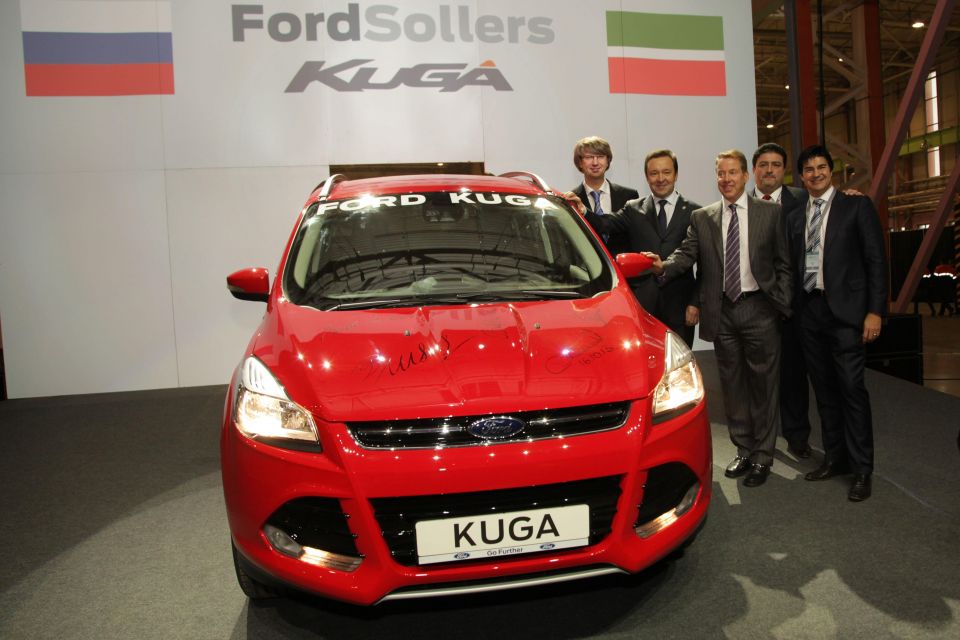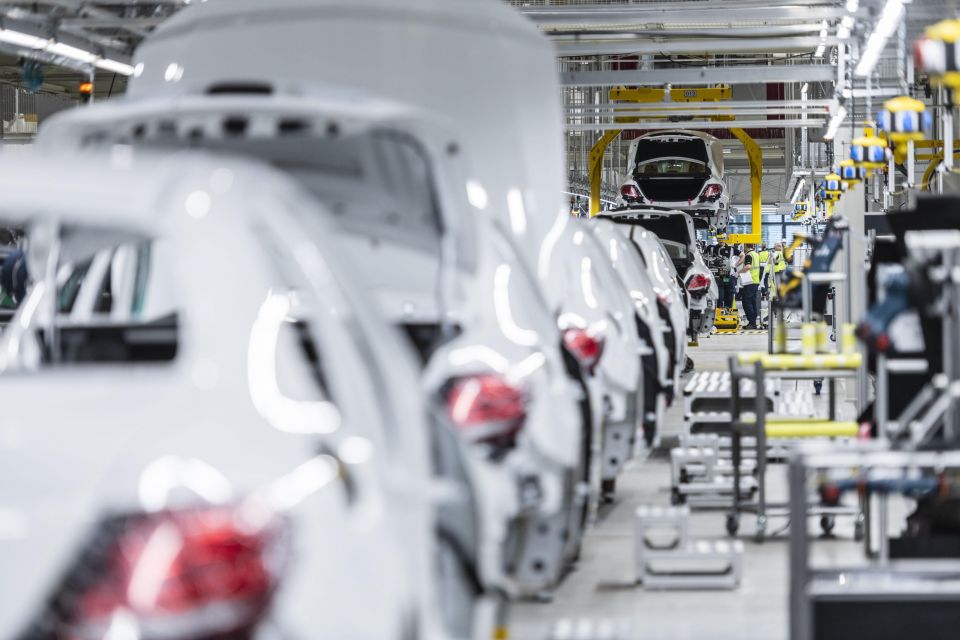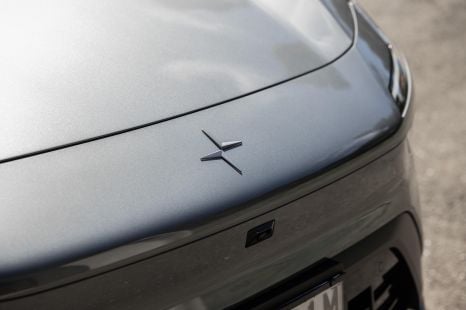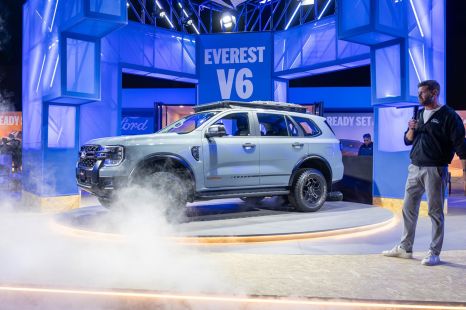

Max Davies
2026 GWM Haval Jolion review
6 Hours Ago
Ford and Mercedes-Benz are the latest automakers to leave Russia after its invasion of Ukraine and subsequent crippling sanctions.

Journalist


Journalist
Ford and Mercedes-Benz are the latest automotive companies to leave Russia due to the invasion of Ukraine.
Overnight Ford announced it would be selling its 49 per cent stake in its Russian joint venture to its partner, local firm Sollers, for “a nominal value”.
Production, IT, engineering and other functions of the Ford Sollers joint venture have been suspended since March when Russia launched its “special military operation” against Ukraine.
In response to the invasion, the EU, the US and other aligned nations have made it hard for firms to do business in Russia by sanctioning many Russian firms, oligarchs and officials, as well as cutting the country off from the global SWIFT inter-bank exchange system.

Ford retains the right to buy back its share of the joint venture over the next five years “should the global situation change”.
It should be noted the company had quit the Russian passenger car market in 2019 to concentrate on commercial vehicles. As such it ended local production of the Focus, Mondeo, Kuga, Explorer, EcoSport and Fiesta.
As far as we can tell, at the time of Russia’s invasion, the only Ford being produced in Russia was the Transit van.

Mercedes-Benz announced at its third quarter results presentation that it too would sell its operations in Russia, in this case to Avtodom, a local dealership chain.
Like other transactions, it will likely be for a nominal amount, and might include a buyback clause.
Production at the company’s plant in Esipovo, a Moscow suburb, has been halted since Russia officially sent troops into Ukraine in March.
An Avtodom representative told Reuters the company is looking for a technology partner to help it restart production at the Esipovo factory.
Speaking to the news wire, a Mercedes-Benz spokesperson said the German automaker’s 15 per cent stake in Russian truck maker Kamaz wasn’t affected by today’s announcement.
They also noted Mercedes-Benz would continue with the planned transfer of the Kamaz shares to Daimler Truck, the company’s former heavy truck division which was split off from the passenger car firm in February 2022.

The departure of the Blue Oval and the Three-Pointed Star follows on from Nissan’s sale in earlier this month, Toyota’s announced exit in September, and Renault’s departure in April.
Renault, with its majority stake in company’s most popular brand, Lada, is the most significant player to leave the market.
Its departure threw a spanner in the works of the automaker’s planned effort to move Dacia upmarket with Lada expanding throughout more of Europe to fill the void.
It also cut Lada adrift of the Renault-Nissan-Mitsubishi Alliance’s modern platforms, leaving the Russian marque to rely on its own aging platforms instead and manufacturing primarily from locally-sourced components.
Lada’s new owners resumed production in June with pared back “special edition” models, which have been stripped of many features as they rely on components imported from sanctioning nations.
Derek Fung would love to tell you about his multiple degrees, but he's too busy writing up some news right now. In his spare time Derek loves chasing automotive rabbits down the hole. Based in New York, New York, Derek loves to travel and is very much a window not an aisle person.


Max Davies
6 Hours Ago


Damion Smy
14 Hours Ago


Damion Smy
15 Hours Ago


Damion Smy
16 Hours Ago


Damion Smy
19 Hours Ago


CarExpert.com.au
20 Hours Ago